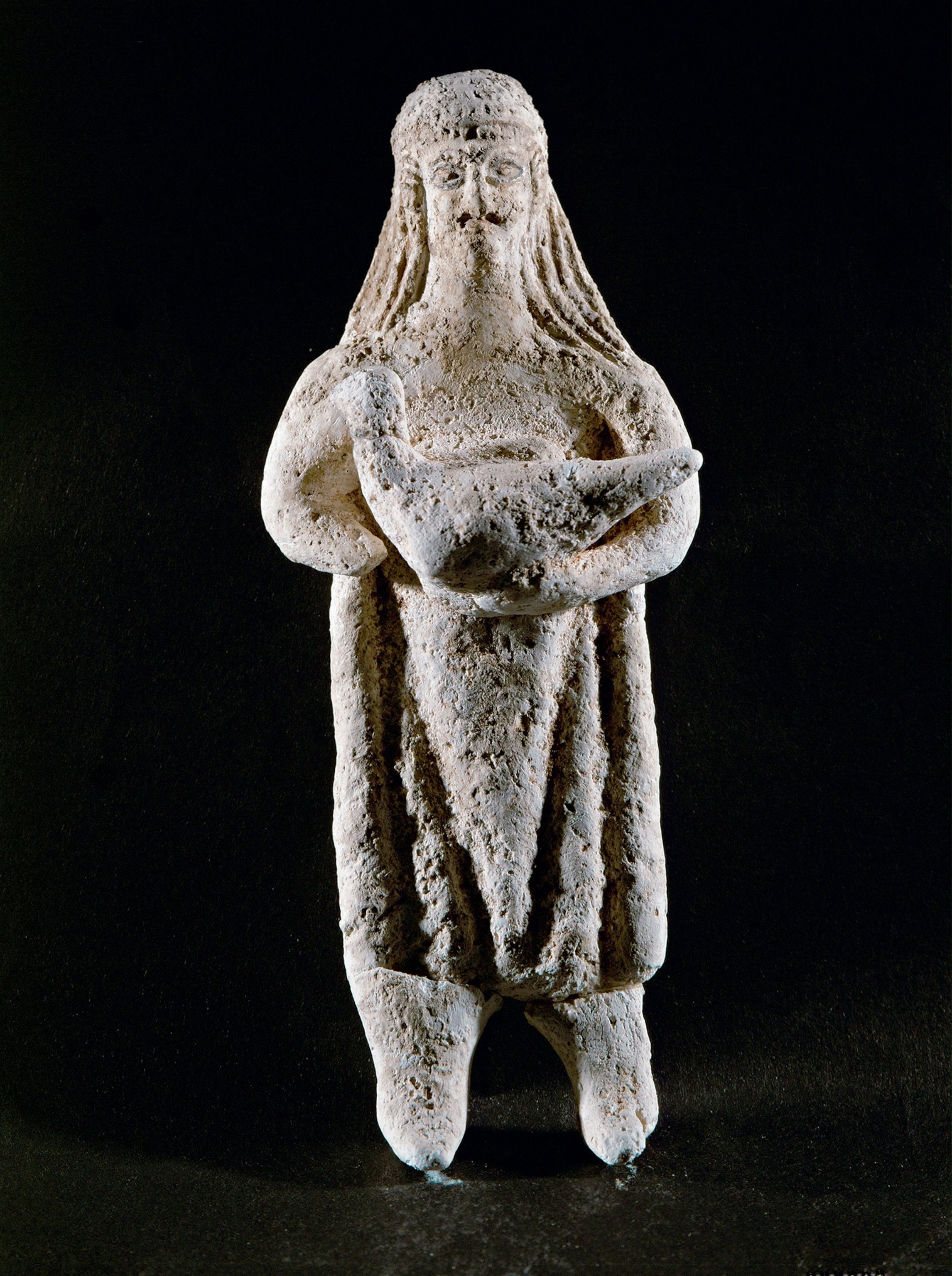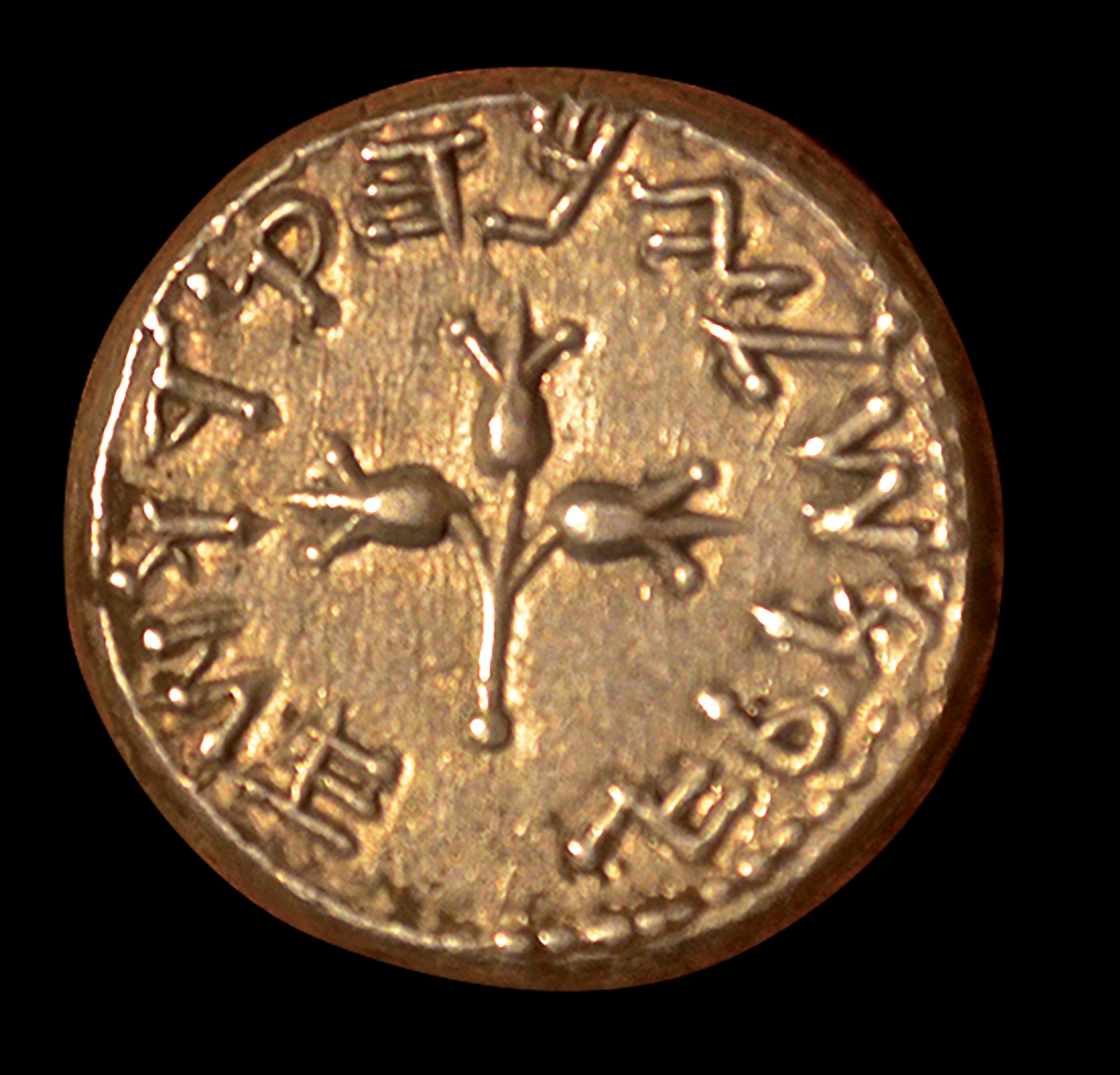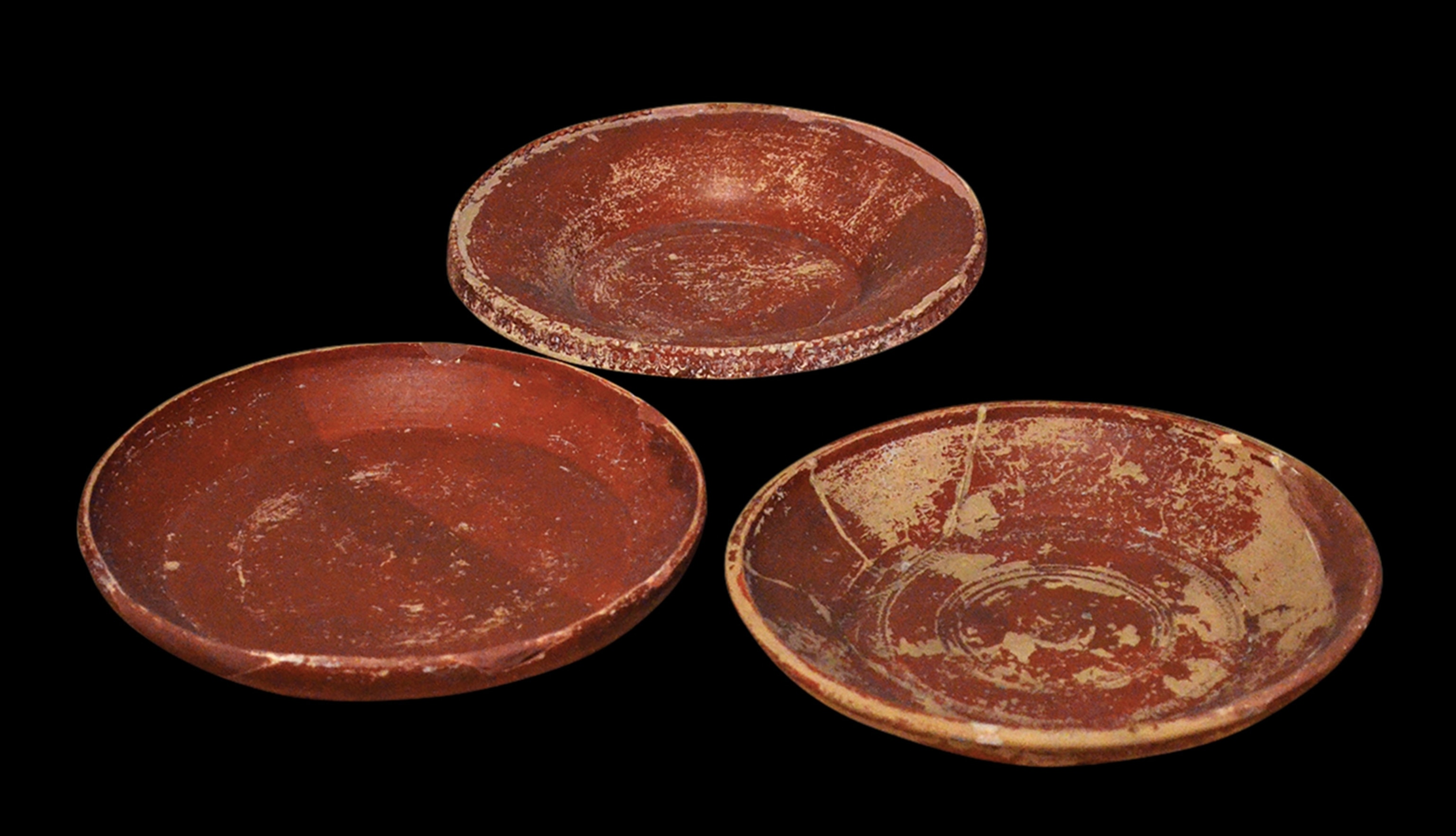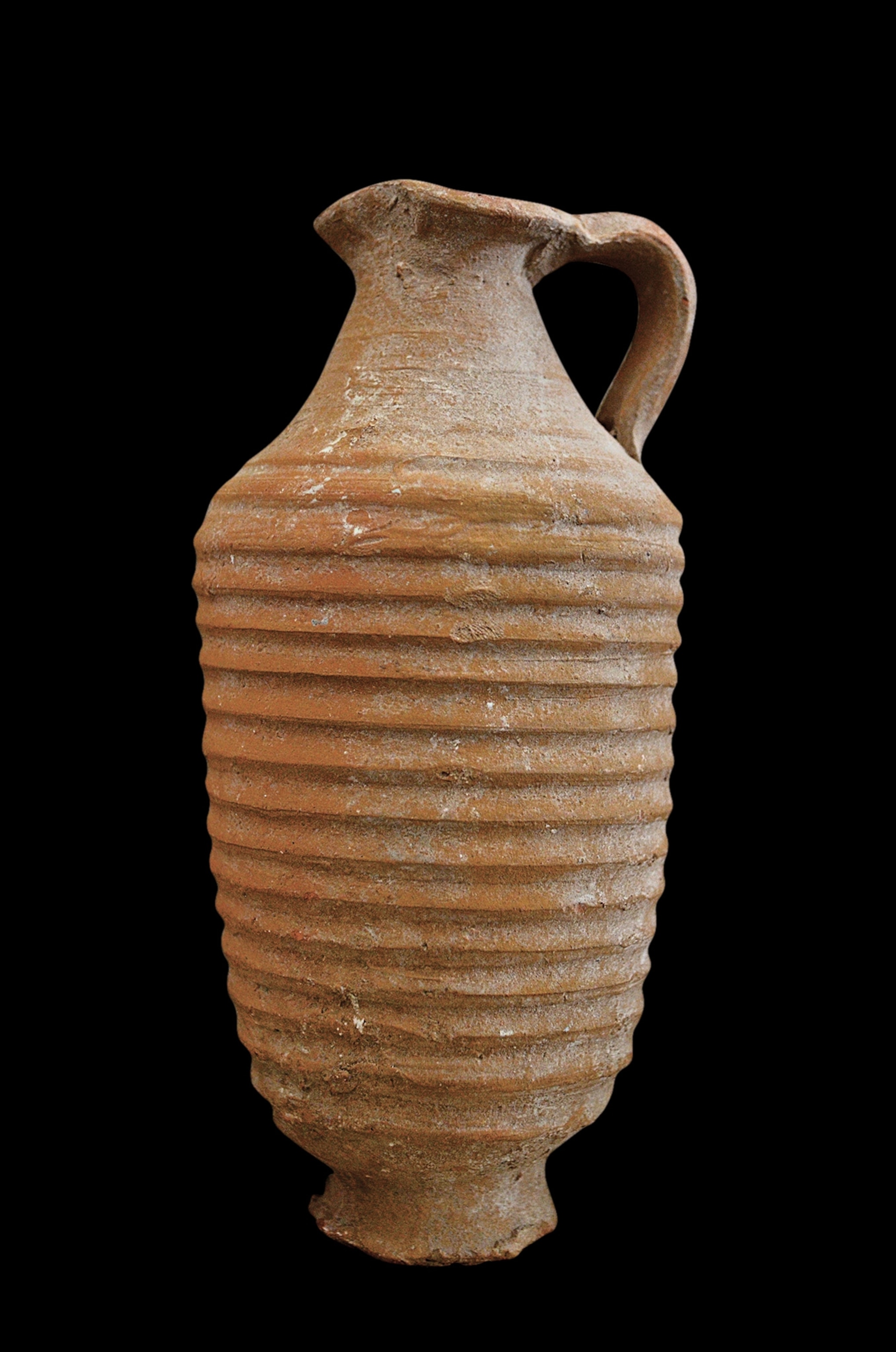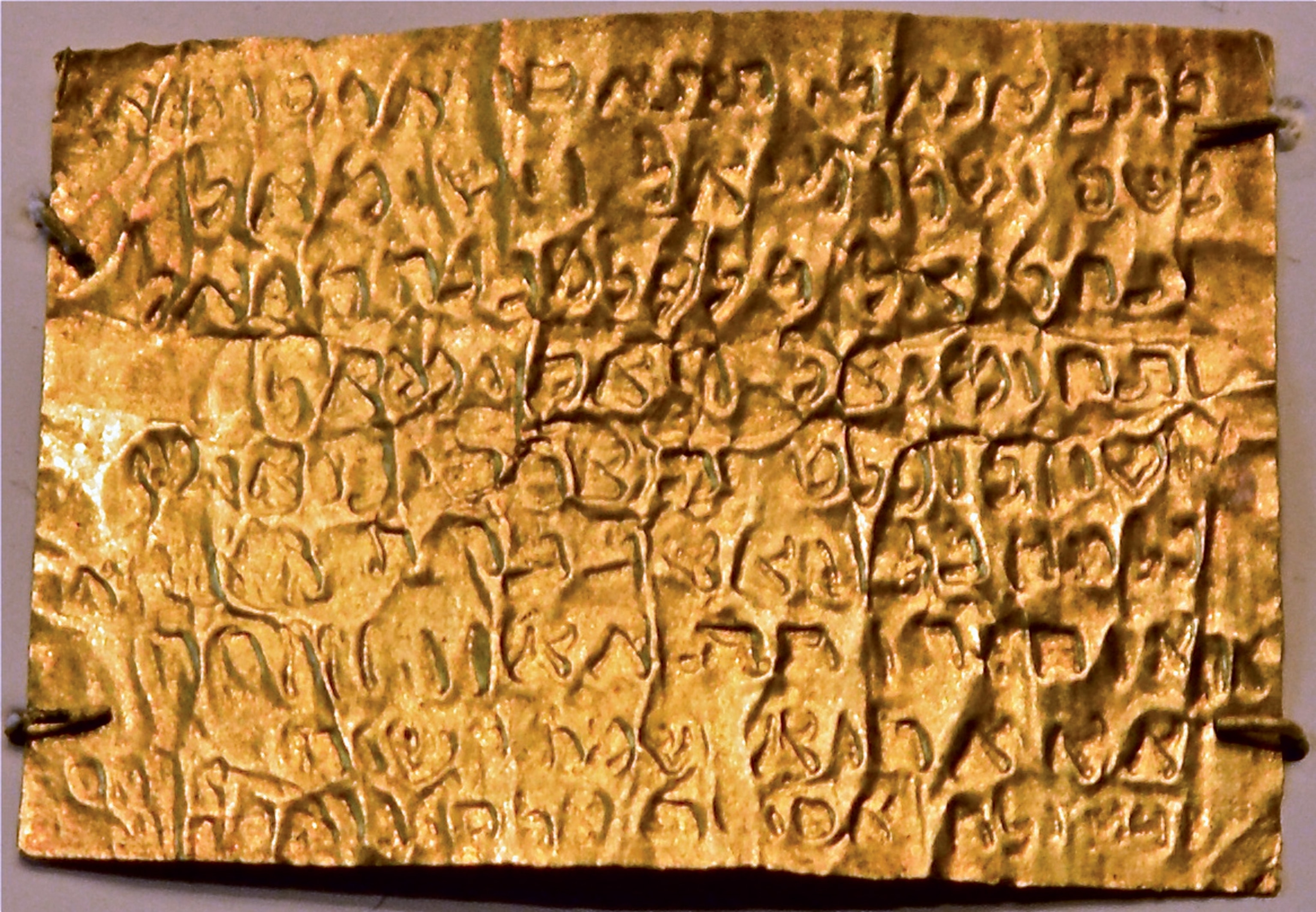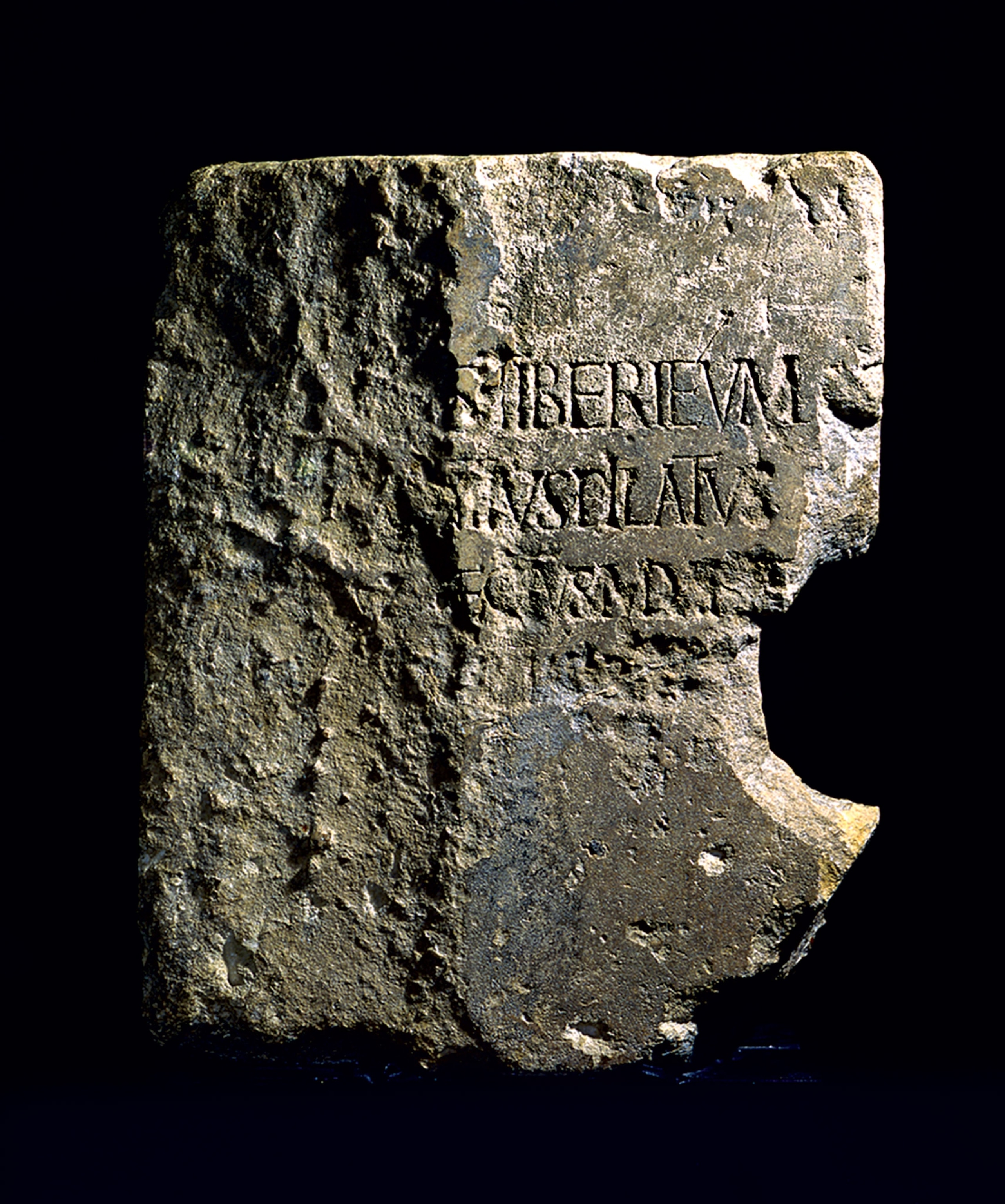
How did Jesus' final days unfold? Scholars are still debating
The people and places of the Passion are well documented in the Bible, but pinning down the exact locations and timing of the trials of Jesus in Jerusalem is an ongoing challenge.
One of the most sacred times in Christianity is Holy Week, which falls between Palm Sunday and Easter. It is a time where believers mark the events leading up to the Passion of Jesus Christ, including the trial of Jesus before the Roman prefect, Pontius Pilate. Biblical scholars and historians have pored over surviving records to determine the exact timing and location of this crucial event, but definitive answers have yet to be found.
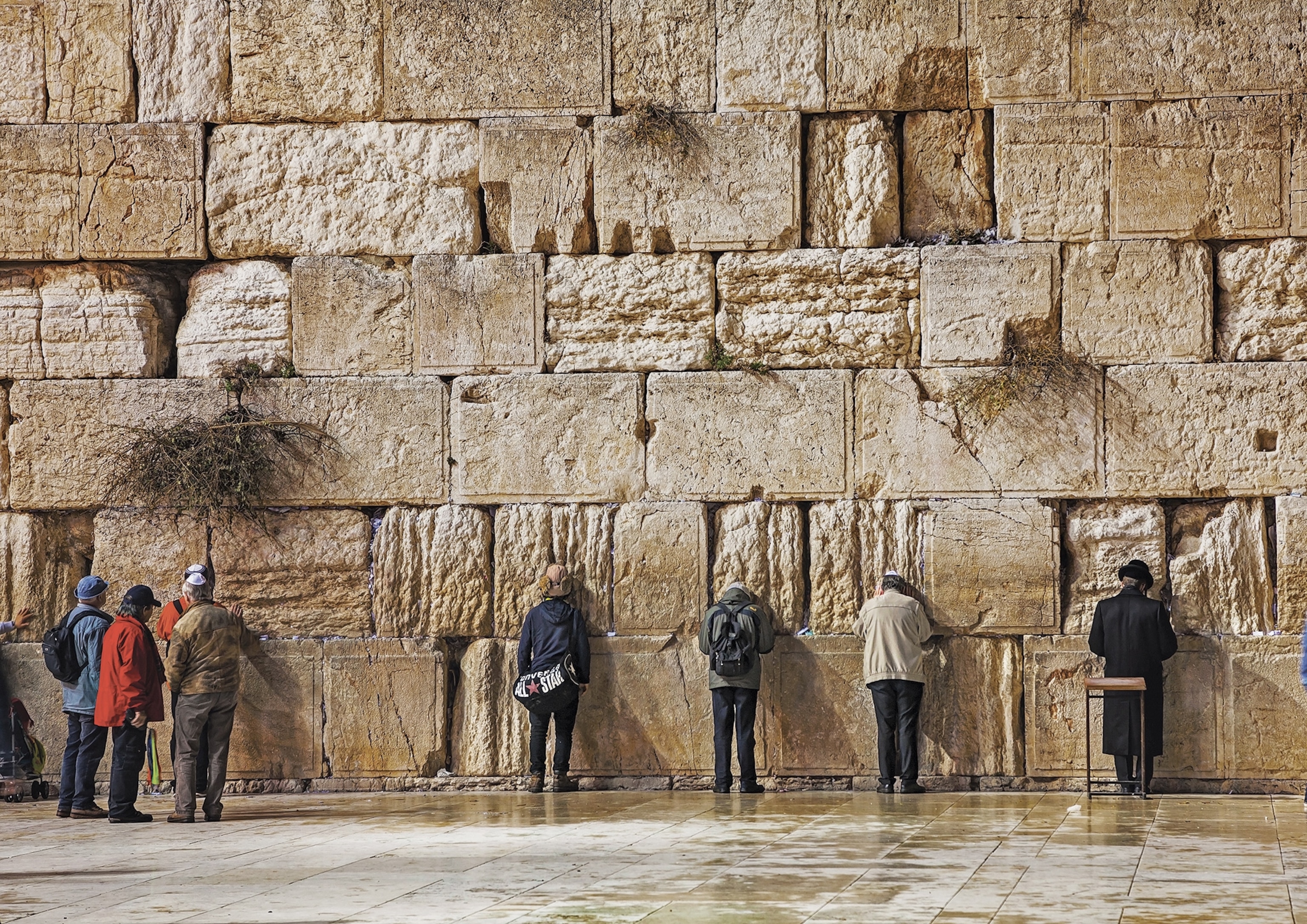
Betrayal and arrest
In the Bible, the apostle Judas betrays Jesus by revealing where he has sought refuge after celebrating the Passover feast: the Garden of Gethsemane on the Mount of Olives. The Temple Guards discover Jesus there, arrest him for the disturbance at the Temple on the eve of Passover, and take him before Caiaphas, the Jewish high priest, at his private residence where Jesus would be interrogated.

Caiaphas may have deliberately sought to indict Jesus in a private session to avoid having certain council members—notably, the Pharisees (a Jewish sect, some of whose members were supporters of Jesus)—rise to his defense. Many scholars have argued that without the full backing of the Sanhedrin, the Jewish political and judicial council, the high priest did not have the power to order a man’s death. Therefore, the only solution was to refer the matter to the local Roman authorities and bring Jesus before Pontius Pilate. Caiaphas’s challenge was to come up with a charge that would justify a sentence of death.
During the interrogation, Caiaphas asked Jesus directly, “Are you the Messiah?” According to Mark, Jesus replied, “I am,” and then cited from Psalms and from the Book of Daniel: “You will see the Son of Man seated at the right hand of ‘the Power,’ and ‘coming with the clouds of heaven’ ” (Psalms 110:1; Daniel 7:13; Mark 14:61-62).


With those words, Jesus had given Caiaphas the perfect pretext to involve the Romans. Though Jesus had merely quoted from Scripture, the high priest knew that words such as power and coming with the clouds of heaven would have a very different meaning for the Romans.
(What is archaeology is telling us about the real Jesus?)
Days or weeks?
It’s difficult to determine exactly when the trial presided over by Pilate took place. The Book of Mark places it immediately after the hearing by Caiphias: “[A]s soon as it was morning . . . they bound Jesus, led him away, and handed him over to Pilate,” who initiated a hearing (Mark 15:1).

Some ancient writers, including the Evangelist Mark, often compressed events into a shorter time frame to maintain the narrative integrity of the story. The idea of the events of the Passion taking place in just a few days appealed to early Christians, for it enabled a commemoration of them in one “holy week,” but some scholars believe the actual events may have taken longer to play out.
Accusers and judges
The judge, by custom, would have been the highest-ranking Roman magistrate in town. Pilate had come to Jerusalem during Passover to suppress any form of violent protest from the local population. His presence dictated that he would oversee the proceedings.
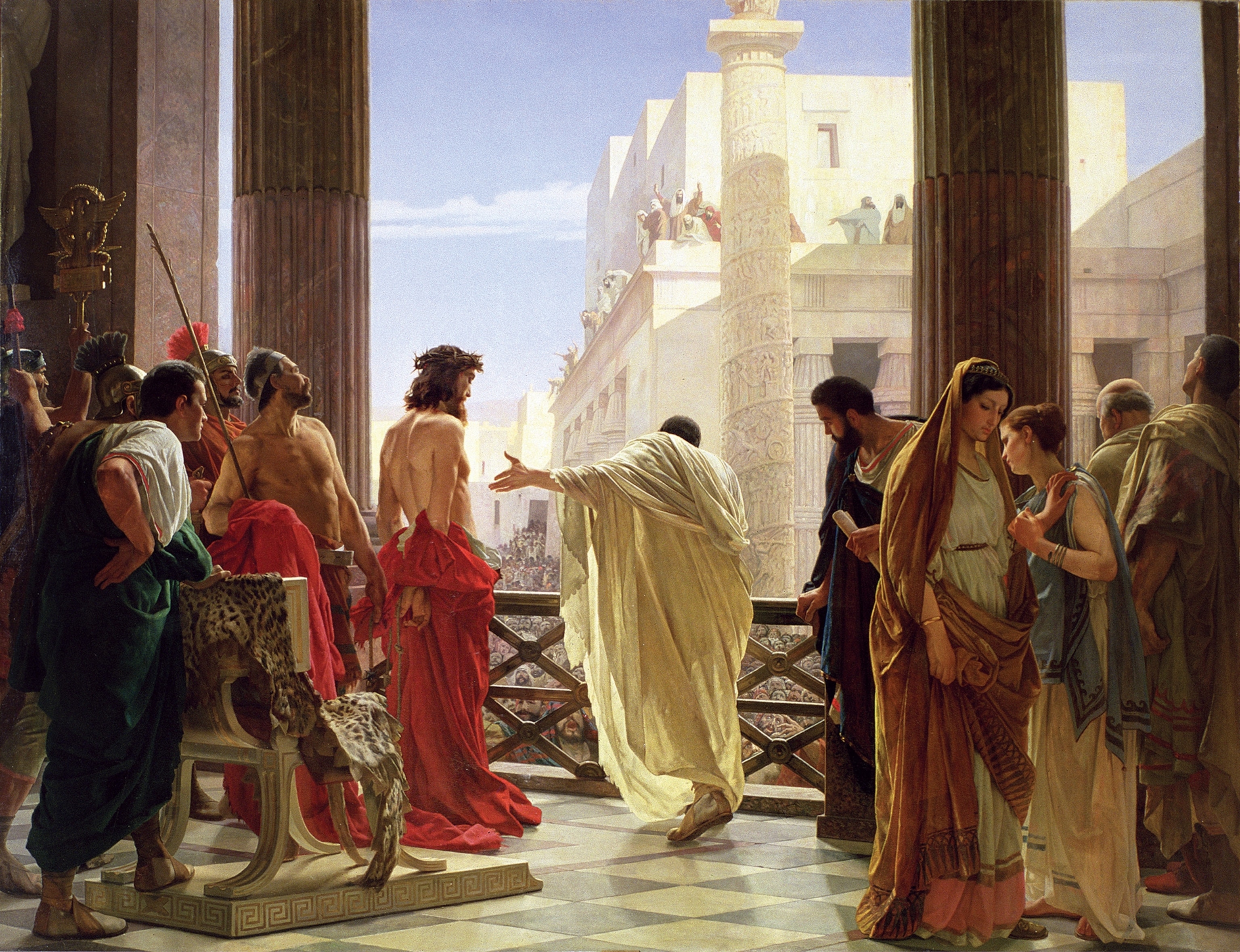
The Gospels of Matthew, Luke, and John, describe an elaborate trial that hews closely to the Ius Civile—Roman Law. The chief Jewish priests are the main accusers (delatores in Roman jurisprudence) who present evidence (Luke 23:2). Their evidence is found wanting, so the judge himself must interrogate the accused.
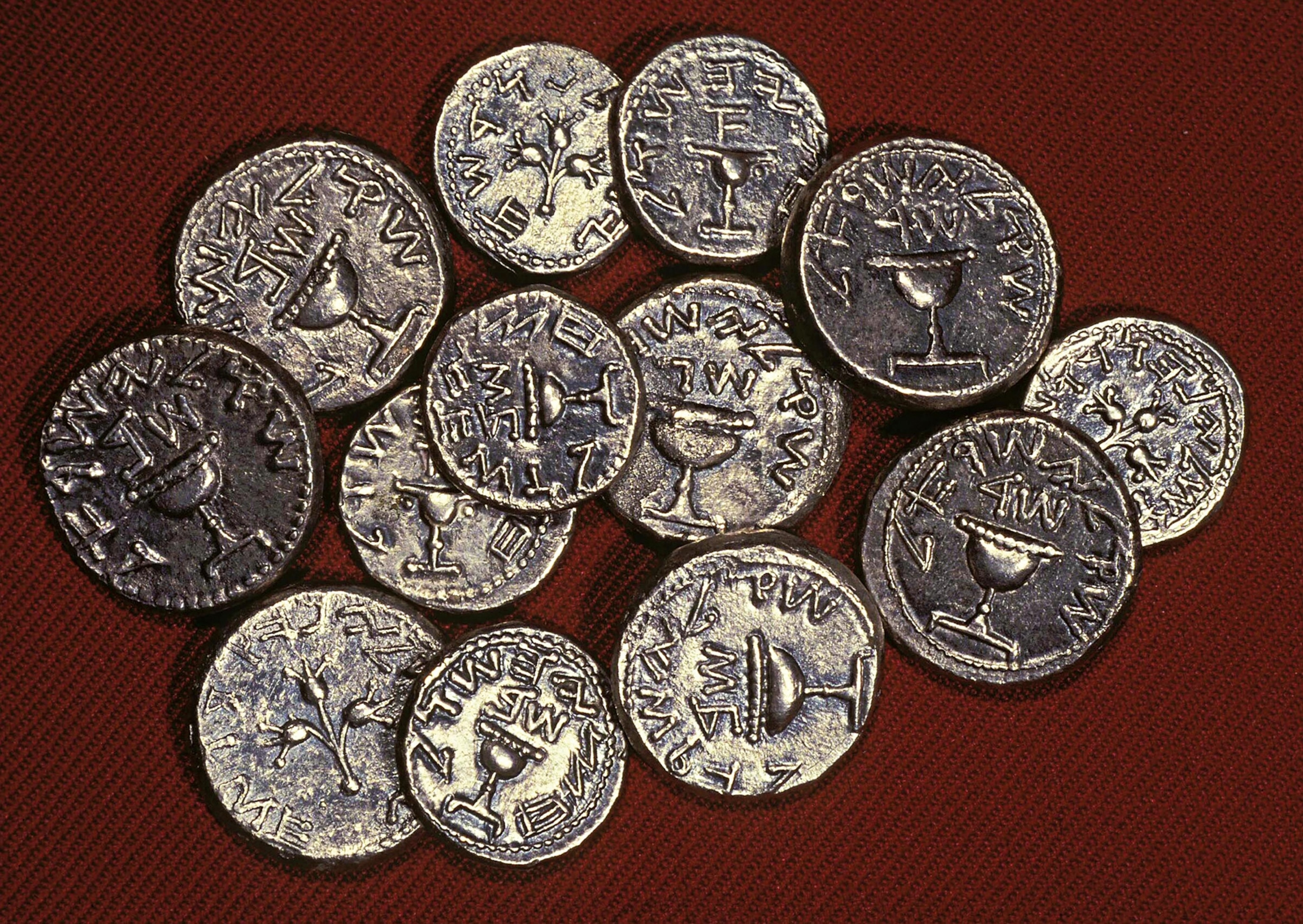
The Bible describes how Jesus refuses to respond to Pilate’s questioning (Matthew 27:14), but in the Gospel of John, a learned debate ensues between Pilate and Jesus. The accused gives evasive replies to Pilate’s questions, leading Pilate to declare, “I find no case against him” (John 18:33-38). In both Matthew and John’s accounts, the trial takes place before a large crowd, who insists upon Jesus’ execution, despite Pilate’s findings.
(Ancient road built by Pontius Pilate uncovered in Jersualem.)
But it is quite possible that Mark’s succinct summary of the hearing before Pilate might be closer to the actual events. In Mark’s portrayal, Jesus was ushered before Pilate who asks, “Are you the king of the Jews?” to which Jesus’ response is “You say so,” (Mark 15:2). Pilate made no further attempt to question him. Indeed, by this account it would have been pointless. Anyone identified as a “king of the Jews” was, by definition, a rebel against Rome and rebels merited only one punishment: crucifixion.
Places and people
The location of the trial is also uncertain. The Gospels refer to Pilate’s “headquarters,” or the praetorium, the seat of the provincial governor. There are two possible locales. One was the old palace of Herod, a sprawling complex in the southwestern city. The other was the Antonia Fortress, the Herodian citadel adjacent to the Temple complex, where the main Roman garrison was based. Herod’s palace would have offered more comfort for the prefect of Rome, but if trouble arose, it was likely to happen in the Temple forecourt.
(Maze of subterranean tunnels reveals remains of ancient Jerusalem.)
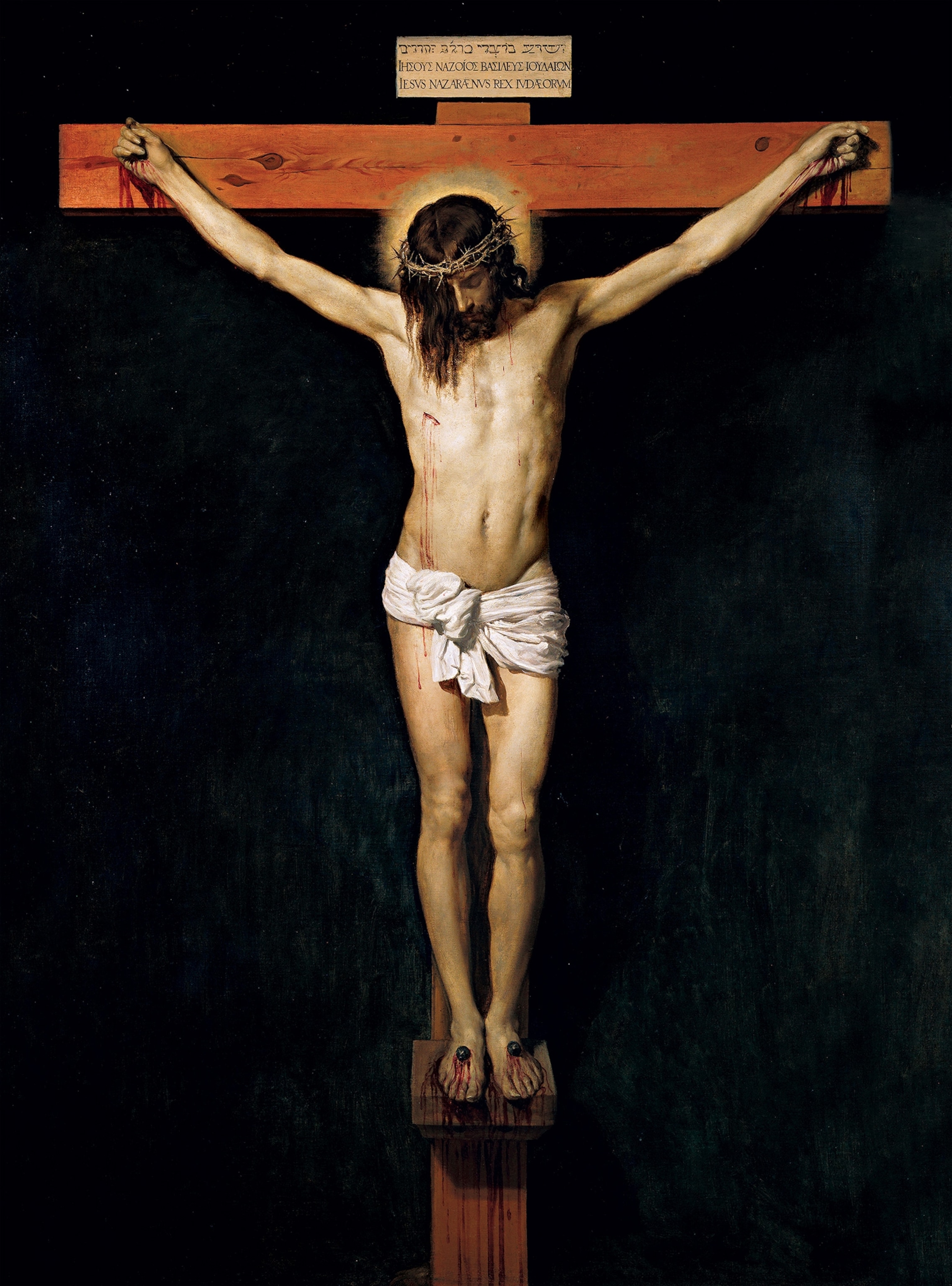
Because Pilate was in town to suppress threat of rebellion, it would seem logical that he would stay in the palace adjoining the Antonia Fortress. Further corroboration can be inferred from the fact that when Paul was arrested to be tried, he was taken to the “barracks” (Acts 21:37), which most scholars agree refers to the Antonia. Finally, the Gospels state that there were other “rebels” held at the praetorium as well. Their presence there suggests the location contained a functioning prison, which again favors the Antonia.
While scholars agree on the name of the crucifixion—the Hill of the Skull, or Golgotha in Aramaic—the exact location of this sacred place is also uncertain. Much of Jerusalem was destroyed by the Roman army after a major Jewish rebellion in 135 A.D. The exact course of the walls surrounding the city during Jesus’ time has also made determining the site of Golgotha difficult. Despite not being able to pin down the exact historical locations, Christian pilgrims visit these sites every year to commemorate the events leading up to the Passion.
(Unsealing Christ's tomb turns up new revelations.)
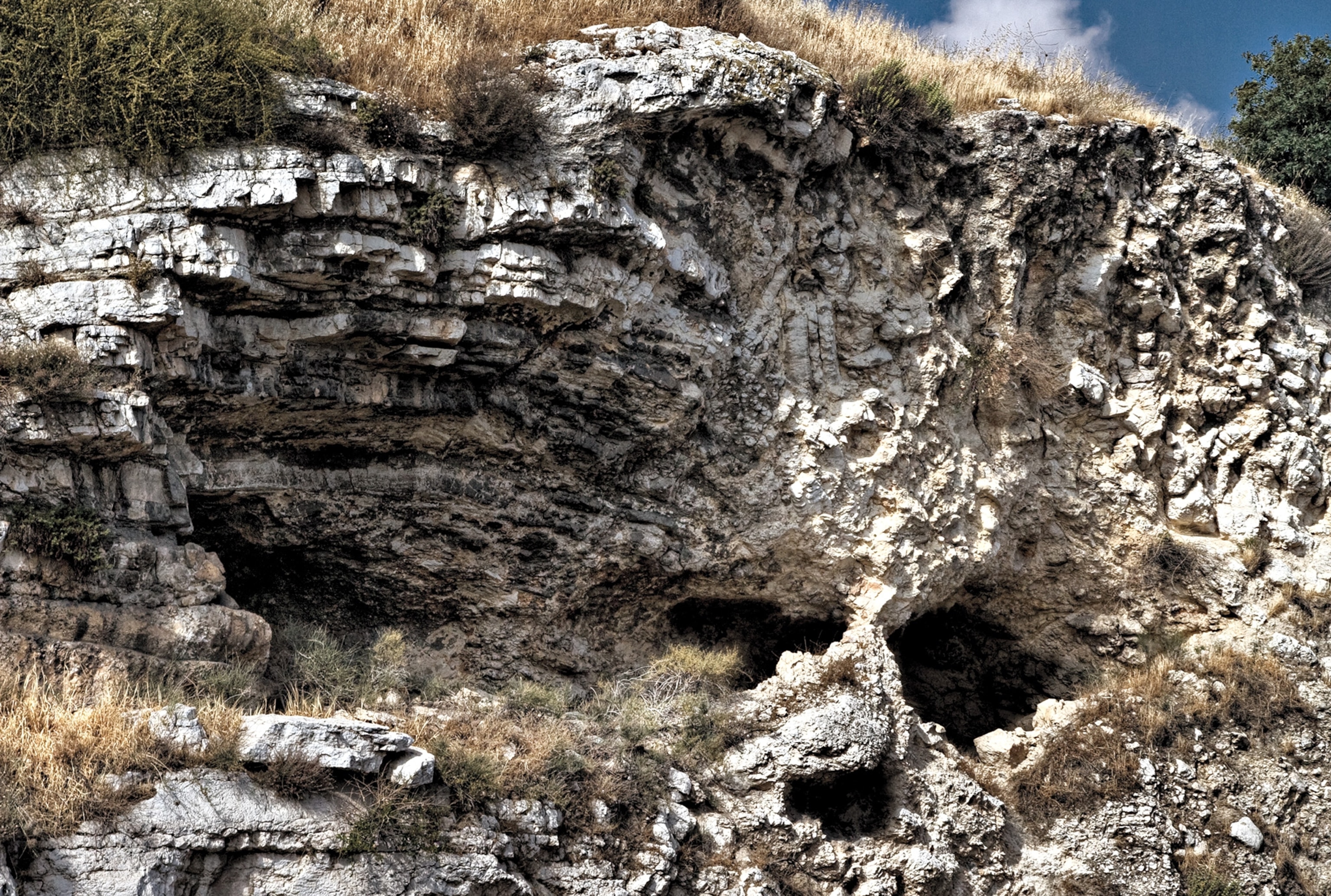
To learn more, check out The Story of Jesus. Available wherever books and magazines are sold.

